New way to sustainably make chemicals by copying nature's tricks
Researchers have copied the way organisms produce toxic chemicals without harming themselves, paving the way for greener chemical and fuel production.
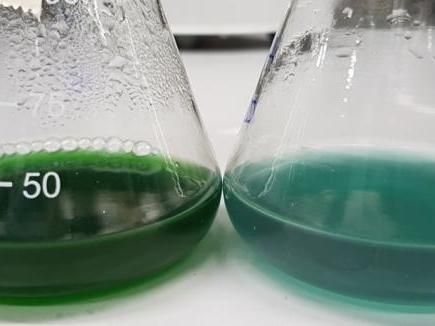
Bacteria producing chemicals with (L) and without (R) the bioderivitization step. With bioderivitization, the bacteria are healthier (darker green).
Patrik Jones/Imperial College London
The new technique, pioneered by Imperial College London scientists, could reduce the need to use fossil fuels to create chemicals, plastics, fibres and fuels.
Currently, many useful chemicals are produced from fossil fuels, which require mining, are of limited supply, and disrupt the carbon cycle. An alternative is to engineer microorganisms like Escherichia coli (E. coli) and cyanobacteria to more sustainably produce the chemicals directly from atmospheric carbon dioxide.
However, many of the chemicals that can be produced this way are toxic to the microorganisms, reducing their ability to make large quantities in a cost-effective way.
Now, by copying the way natural organisms deal with their own toxic chemicals, researchers have shown that bacteria can be programmed to produce chemicals without also harming growth.
This concept could be used to produce useful chemicals, plastics and even fuels, which could further reduce the need for fossil fuels and help minimise climate change. The new technique and a first proof of concept are published in Proceedings of the National Academy of Sciences.
Lead researcher Dr Patrik Jones, from the Department of Life Sciences at Imperial, said: "We looked at what nature does already, for its own benefit, and applied the idea to biotechnology, for our benefit."
Organisms like plants and yeasts sometimes produce chemicals that are toxic to them, so to store them safely, they make small modifications to the chemicals to render them harmless. The resulting chemicals are known as 'derivatives', and can be returned to the original, toxic form through relatively simple chemistry.
The team took this idea and used genetic engineering to program E. coli and cyanobacteria to make 1-octanol, a chemical currently used in perfumes, which is toxic to the bacteria. They then added an extra set of instructions to E. coli so it would produce two different derivatives of 1-octanol that are both less harmful.
The researchers say if this were to be scaled up for industrial systems the engineered bacteria would produce the non-toxic derivative of 1-octanol, which would then be recovered and chemically transformed back into 1-octanol, ready for use.
The team found that their system produced 1-octanol without affecting the growth of the bacteria. They also found the system produced more 1-octanol than a system without the derivatization step, which they think is related to the fact that the derivative is not only less toxic but also more soluble in the surrounding water or solvent.
Dr Jones said: "A more soluble chemical may move away from the cells quicker, where it's less likely to interfere with any of the bacteria's processes."
Now the team has shown the concept of creating derivatives using programmed microorganisms, they want to set up a complete system, from production of the derivative to recovery of the desired chemical.
This will help them refine the process, and potentially scale it up for use in industrial settings.
Original publication
Most read news
Other news from the department science

Get the chemical industry in your inbox
By submitting this form you agree that LUMITOS AG will send you the newsletter(s) selected above by email. Your data will not be passed on to third parties. Your data will be stored and processed in accordance with our data protection regulations. LUMITOS may contact you by email for the purpose of advertising or market and opinion surveys. You can revoke your consent at any time without giving reasons to LUMITOS AG, Ernst-Augustin-Str. 2, 12489 Berlin, Germany or by e-mail at revoke@lumitos.com with effect for the future. In addition, each email contains a link to unsubscribe from the corresponding newsletter.
Most read news
More news from our other portals
Last viewed contents
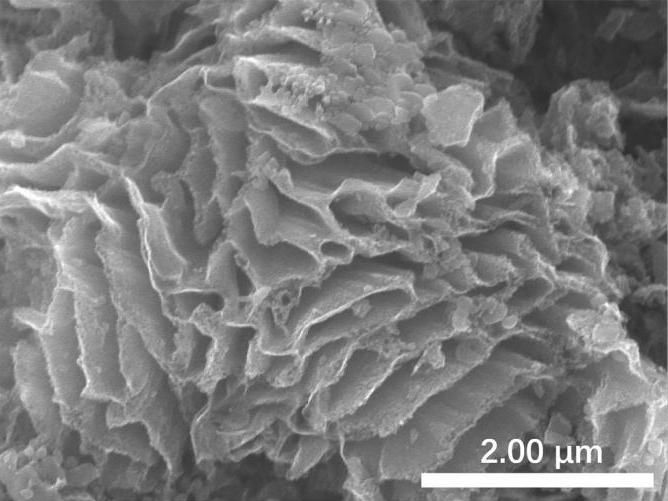
Bright future for energy devices
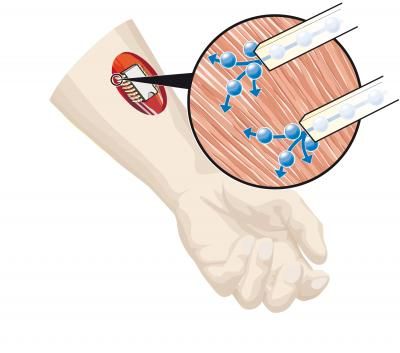
The first chemical circuit developed
Siltronic Adapts Capacity for 150 Millimeter Silicon Wafers to Market Demand
Agilent Technologies Receives Multiple Awards at Scientific Conference in China

Argon is not the 'dope' for metallic hydrogen

Tom Kinzel new Managing Director of the GDCh - An alliance manager at the head of the largest chemical science network in the EU
CMC Acquires Former ICOS Biologics Operation in Bothell, Washington State, USA - CMC Biopharmaceuticals to purchase facility from Lilly; will retain existing employees
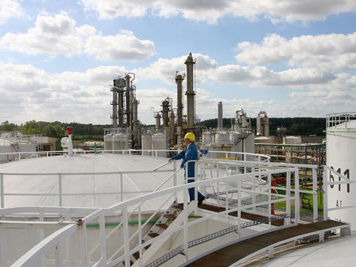
Haltermann Carless to become the world's largest Cyclopentane producer - Cyclopentane makes important contribution to energy efficiency
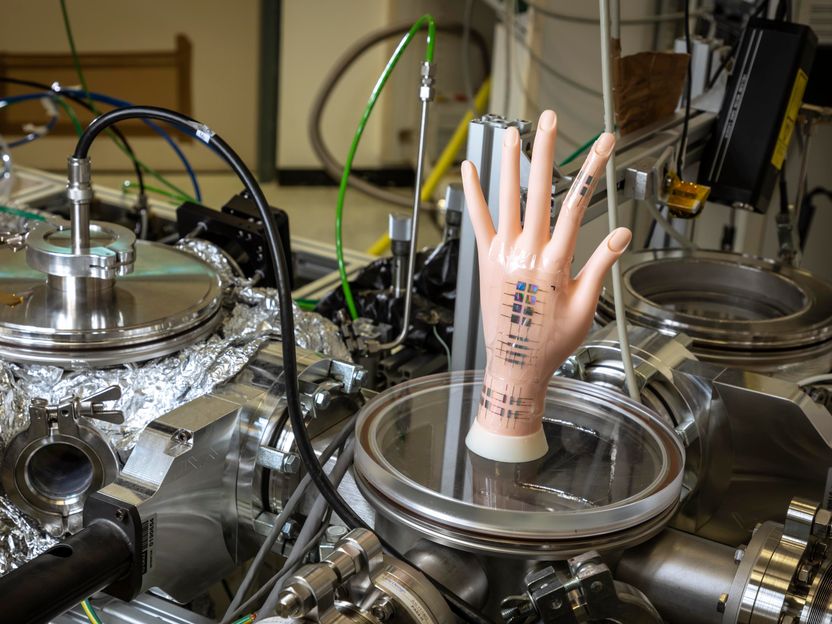
Electronic skin: multisensory hybrid material - Even more sensitive than a human fingertip
AlzChem AG postpones planned IPO



























































